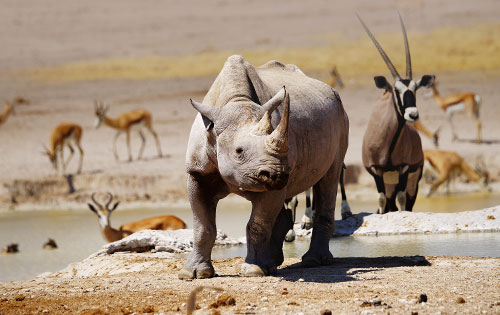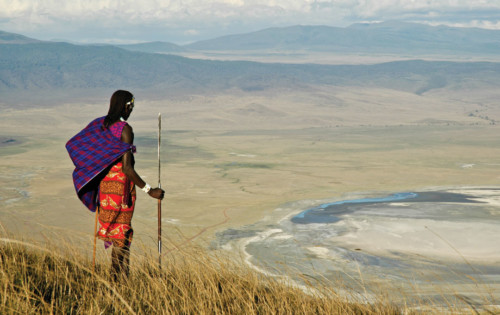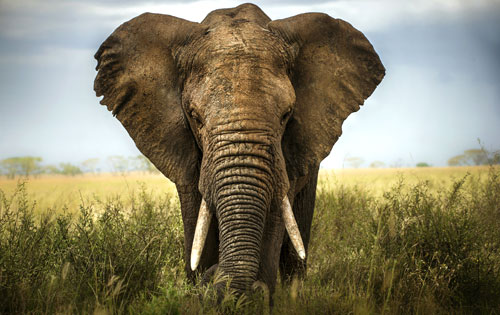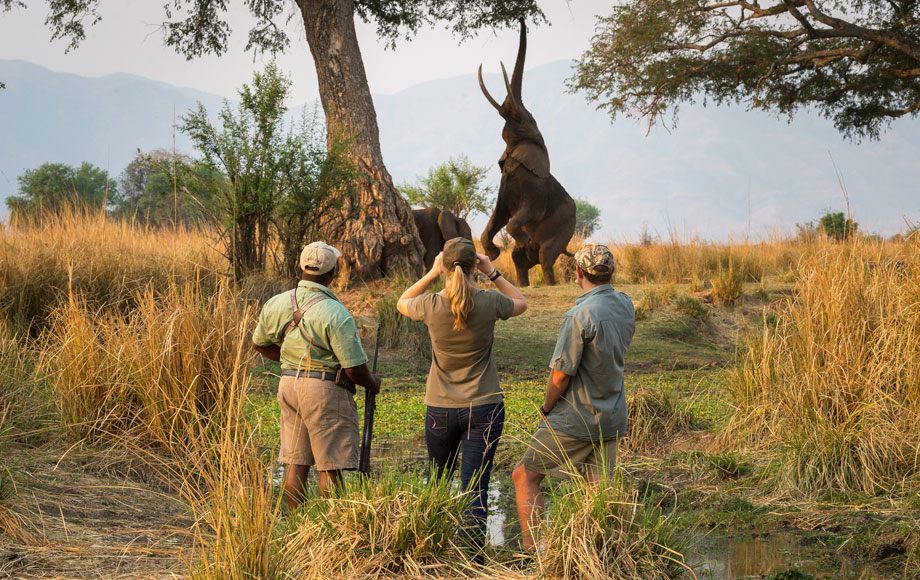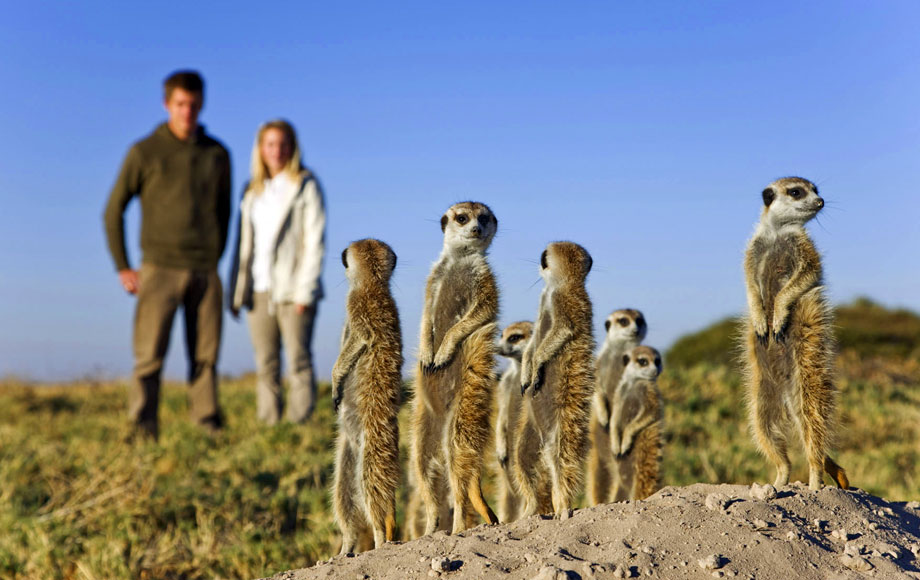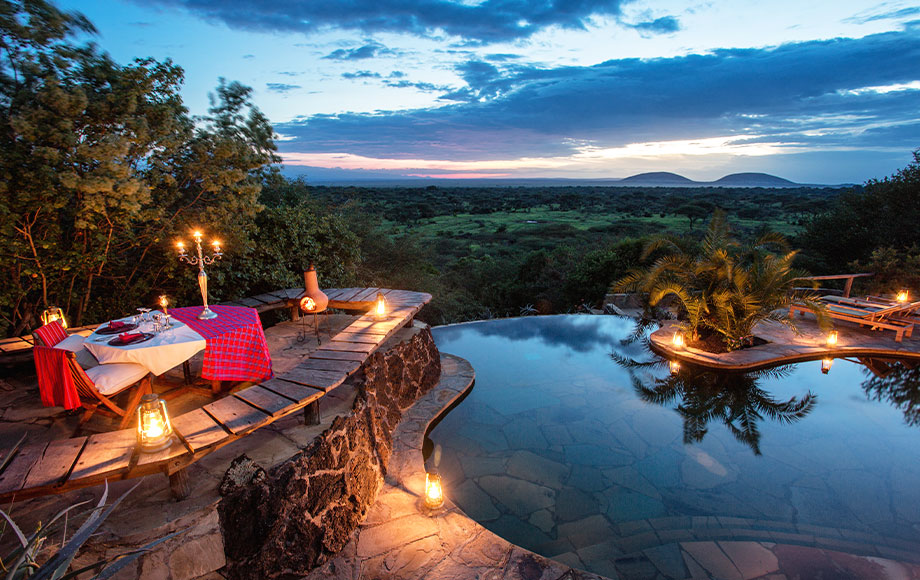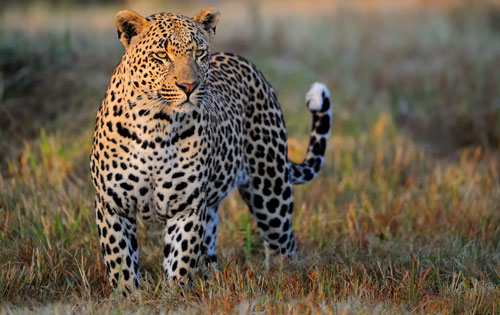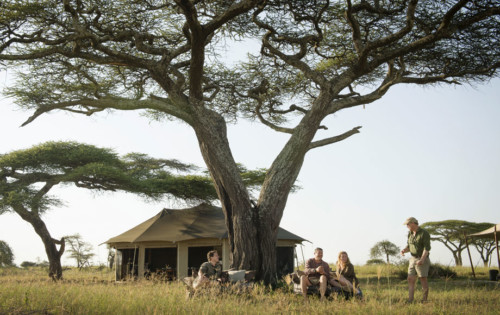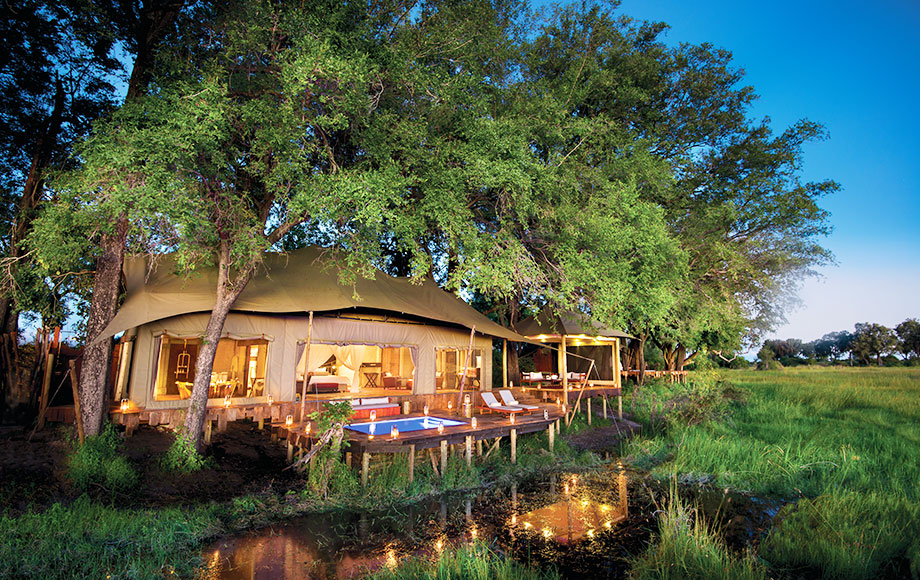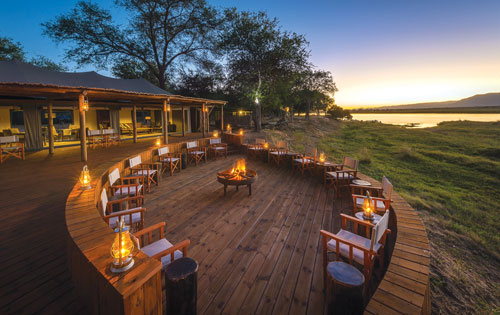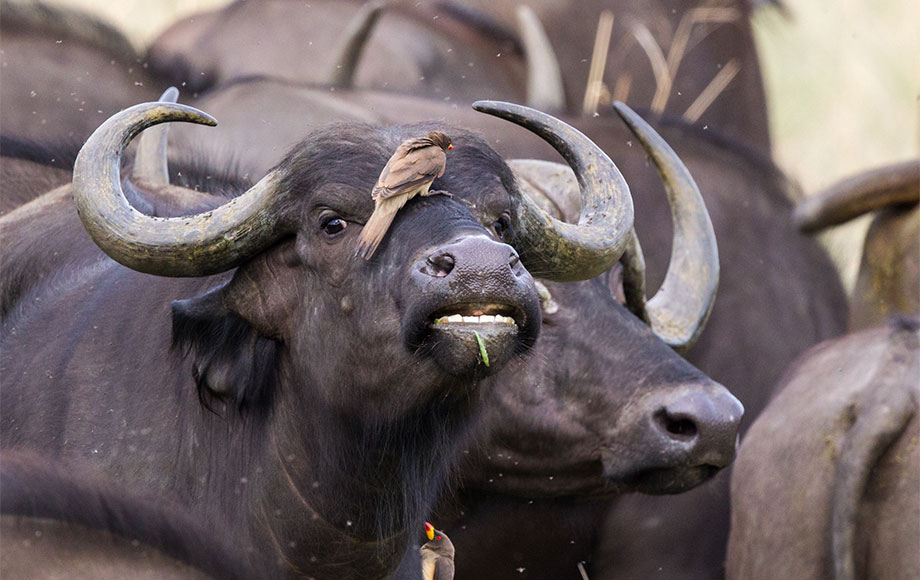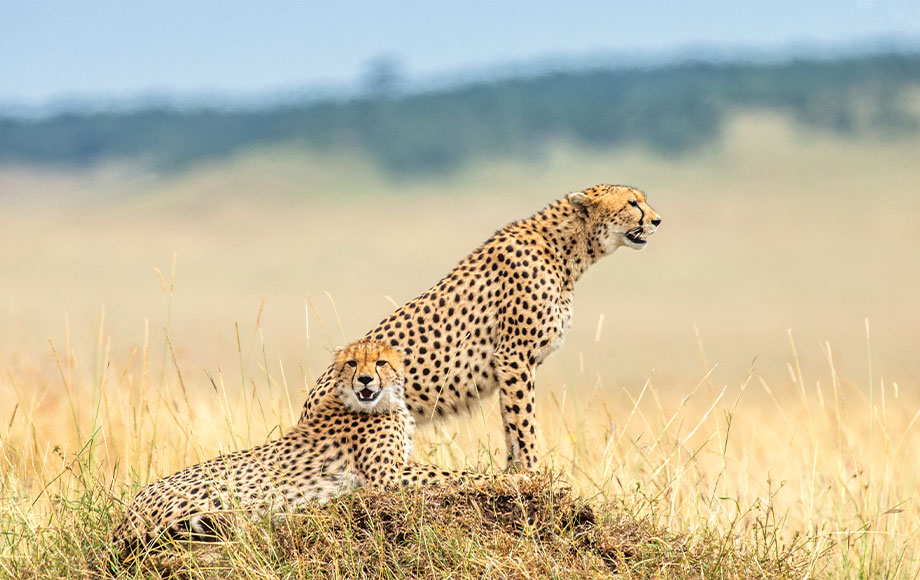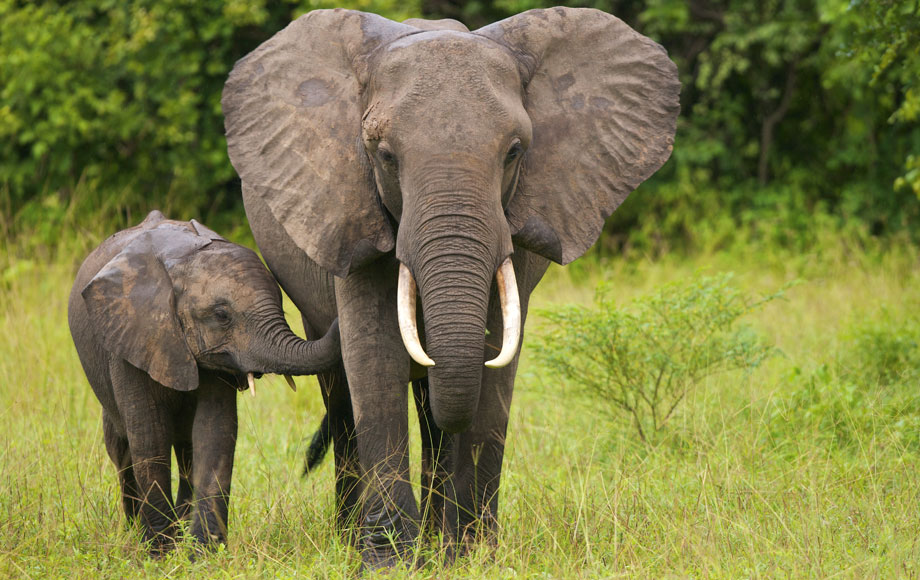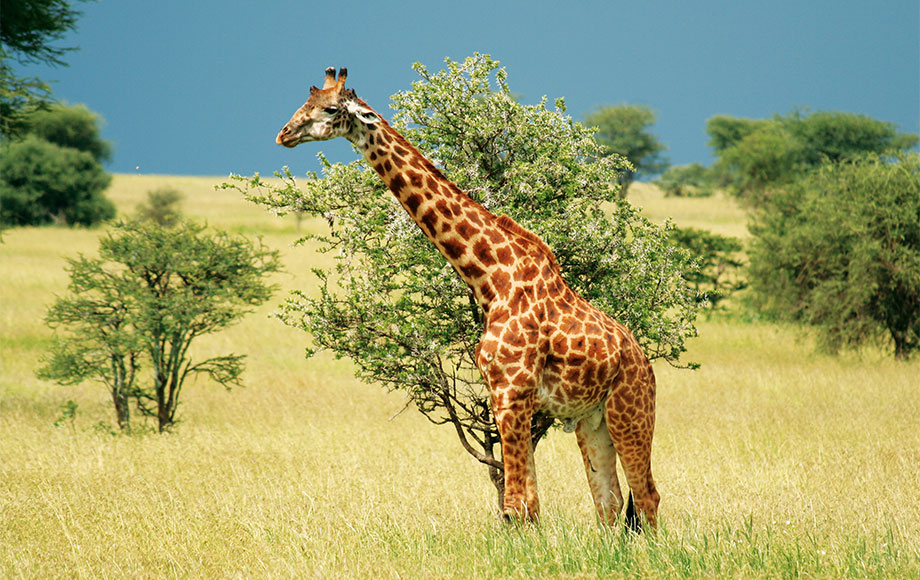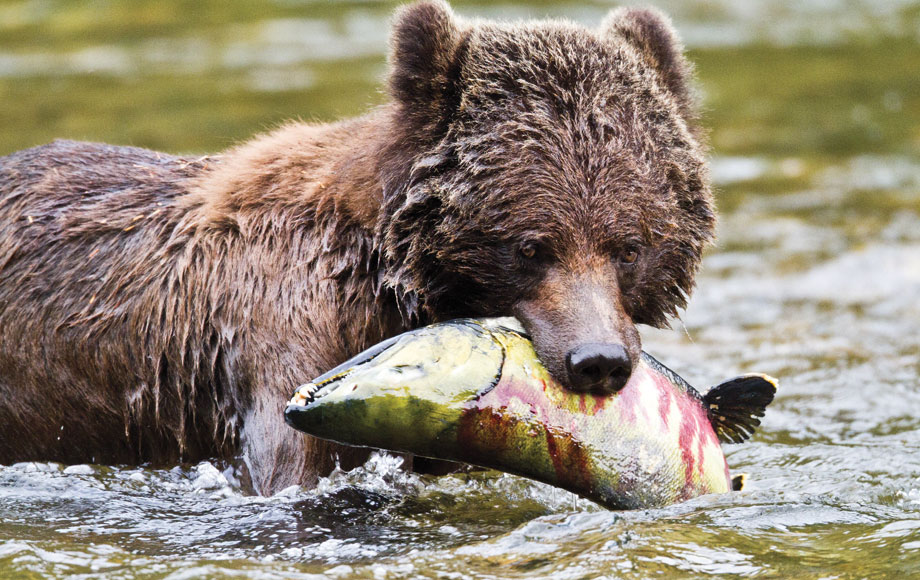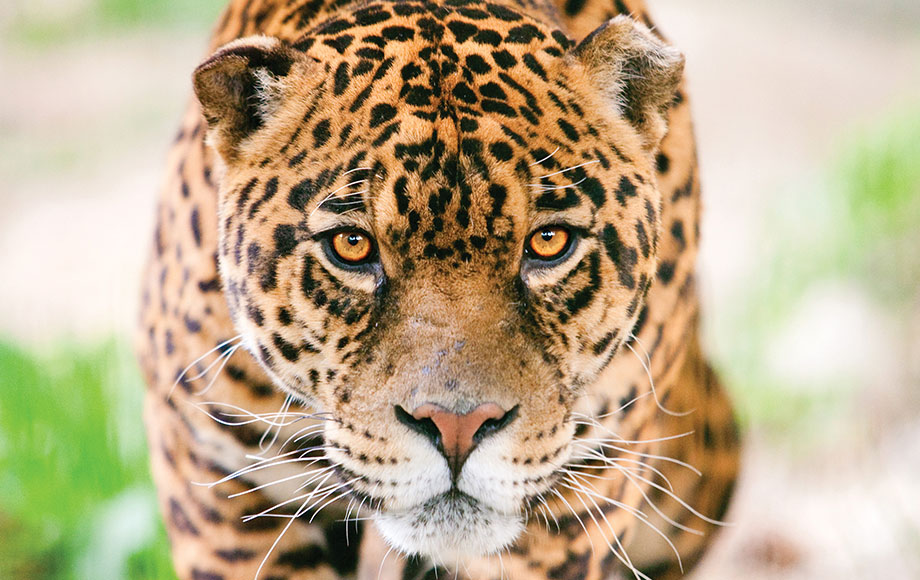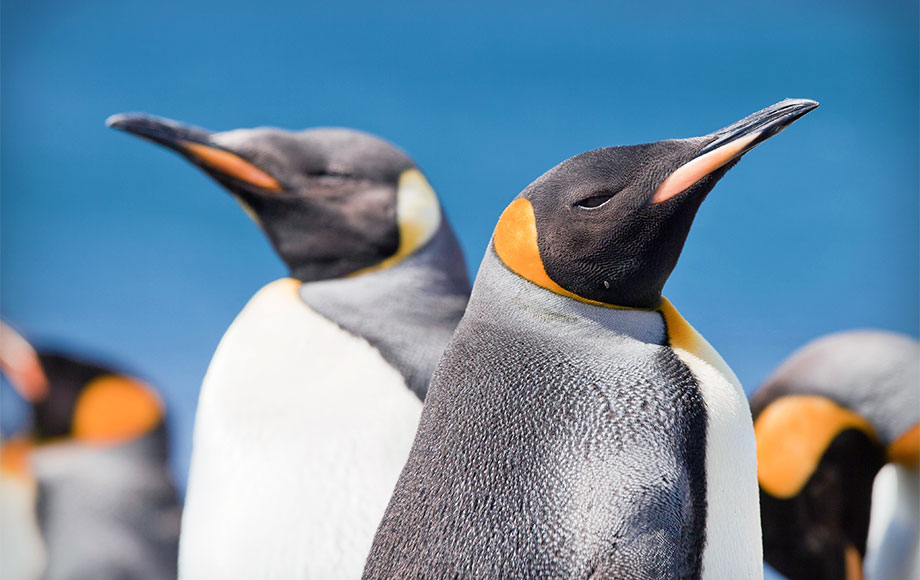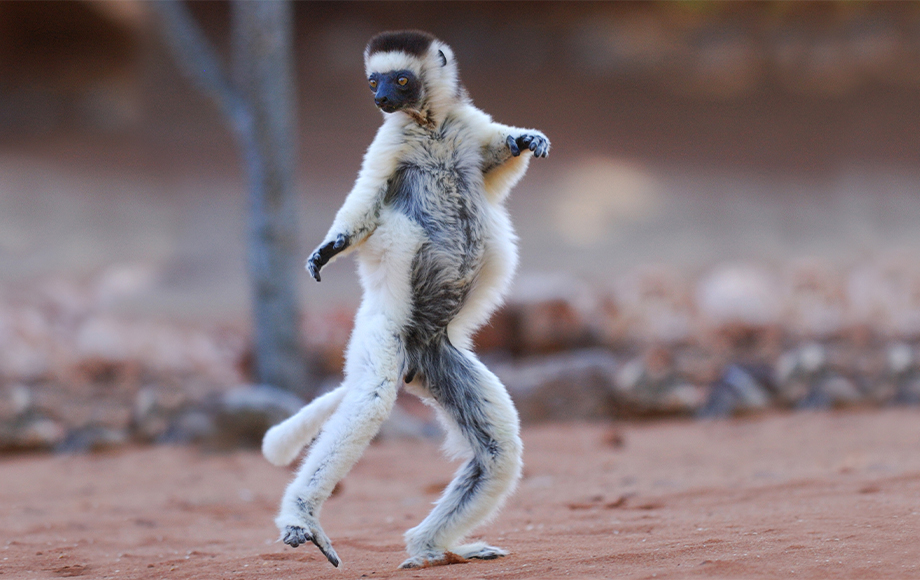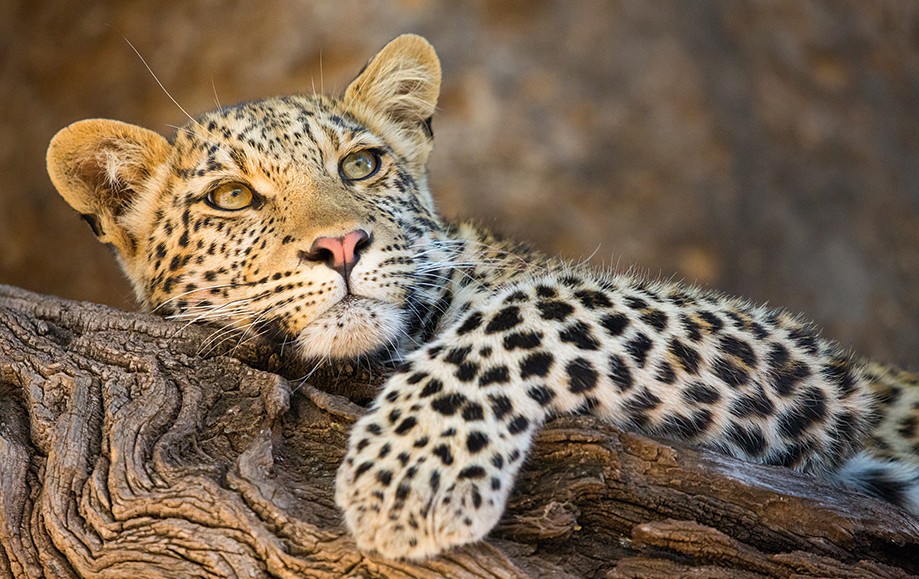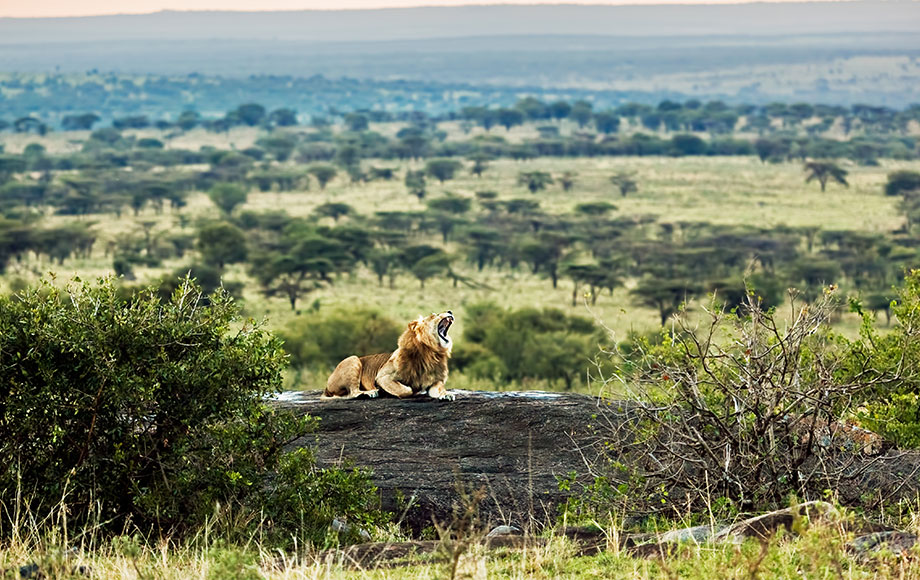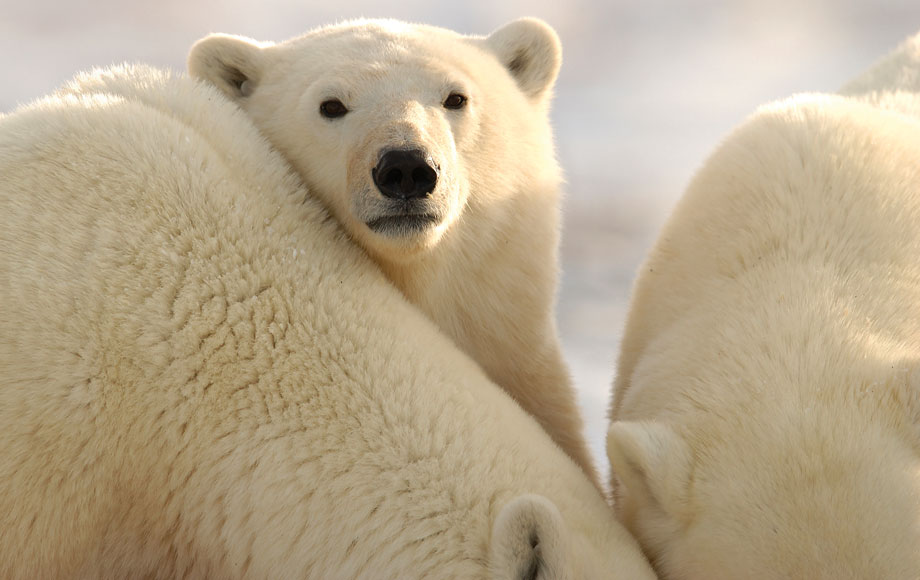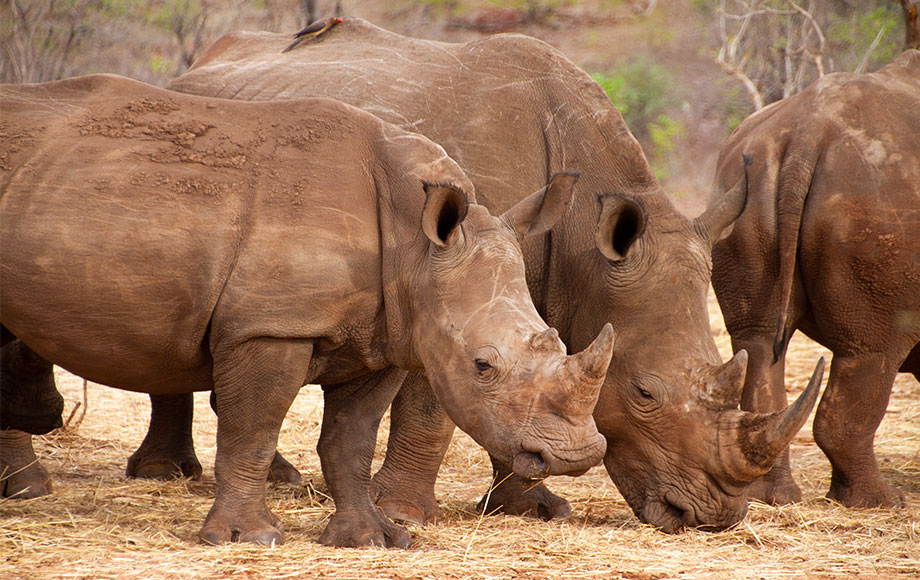A member of the “Big 5” and perhaps Africa’s most iconic species, the African Lion is a highly sought after sighting while out on safari.
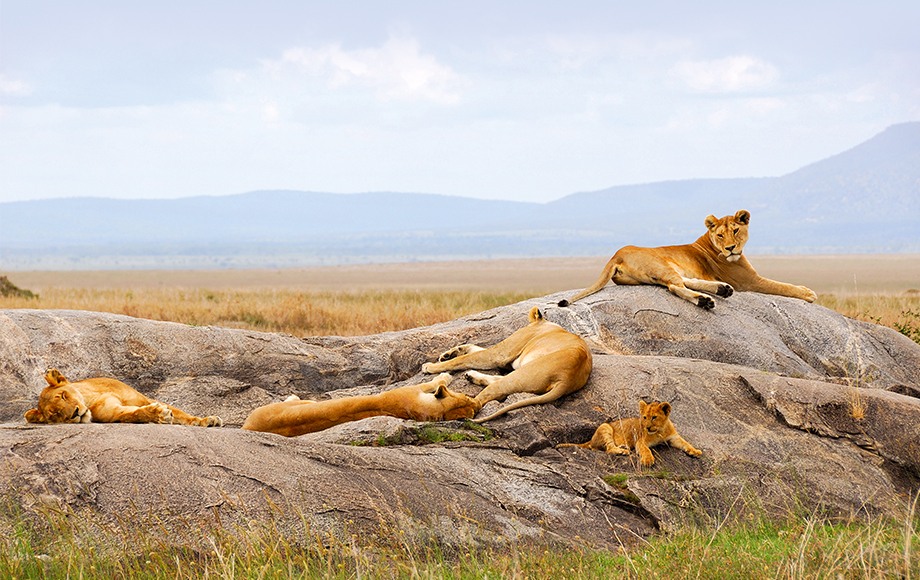
Common Name – African Lion
Scientific Name – Panthera Leo
Current IUCN Red List Status – VU
Estimated no. of mature individuals – 23,000 -39,000
Lions are capable of living in a wide variety of habitats and are found across parts of sub-Saharan Africa (mostly Southern and Eastern Africa). Lions generally stick to areas such as grasslands, shrubs and open woodland – however a small number have adapted over generations to thrive in the harsh Namib Desert in Namibia.
The only cats that live in groups – known as prides – lion prides can comprise up to 40 individuals. Though rare to see prides of this size, it is possible. More often than not, prides sizes vary between 8-25 individuals. Most of the hunting is done by female lions working as a team, and who will hunt anything from small antelope to buffalo. Some lion prides have been known to specialise in hunting even larger prey including elephant and giraffe. Males will often only help at the last moment or to bring down large prey – sometimes they run in only when the hunt is over taking the biggest share!
Lion viewing Safaris
Most lion viewing across Africa is done by vehicle on morning and afternoon game drives. It’s a thrilling experience coming face-to-face with a lion in the wild and many guests find a lion encounter to be a major highlight of an African safari. The cats may even use the vehicle as spot for shade, and guides can often find their vehicle surrounded by a handful of lions hiding from the sun.
Lions are fascinating to watch, particularly the dynamic within the pride and many safari-goers will happily watch for hours as the lions hunt or play. Playful cubs interact with one another under the watchful eye of their mothers and sometimes, the cheeky cubs might antagonise a big grumpy male.
Walking safaris offer the chance to see smaller creatures and learn more about native plants, but on occasion there is a chance to see lions – and from a very different perspective. To walk in Africa is to be a part of Africa, leaving nothing but footprints behind. Zimbabwe’s Hwange and Mana Pools national parks along with Zambia’s South Luangwa National Park are some of the best places in Africa to experience a multi-day walking safari reminiscent of a by-gone era. Both offer a truly unique experience while walking amongst Africa’s big game creates live long memories others can only dream of.
Best safaris to see lion
Recommended places to see Lion
What is a male lion coalition?
Coalitions are normally made up of 2-4 male lions (usually brothers or half-brothers) who hunt and fight off threats as a team. The more males working together, the stronger they are. It’s easier to keep control of a territory or fight an intruder if they work together.
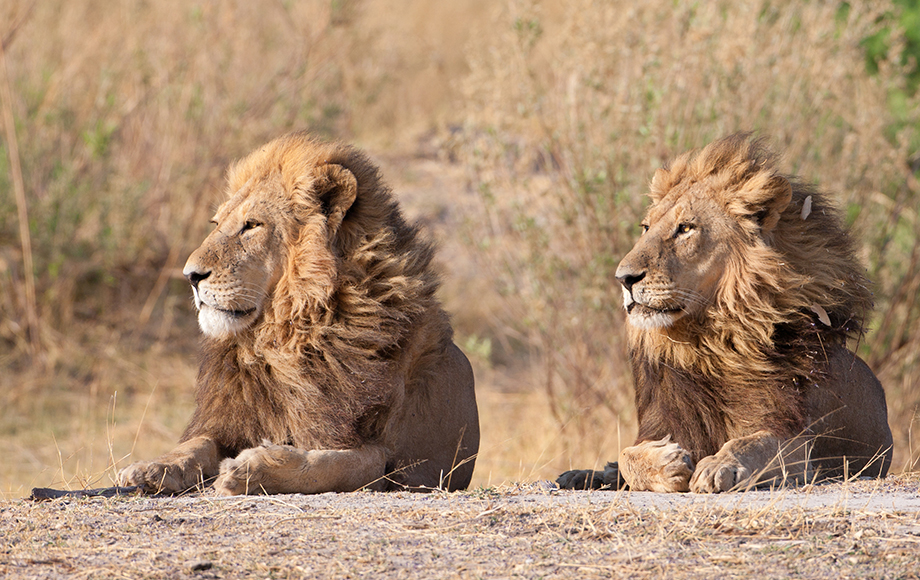
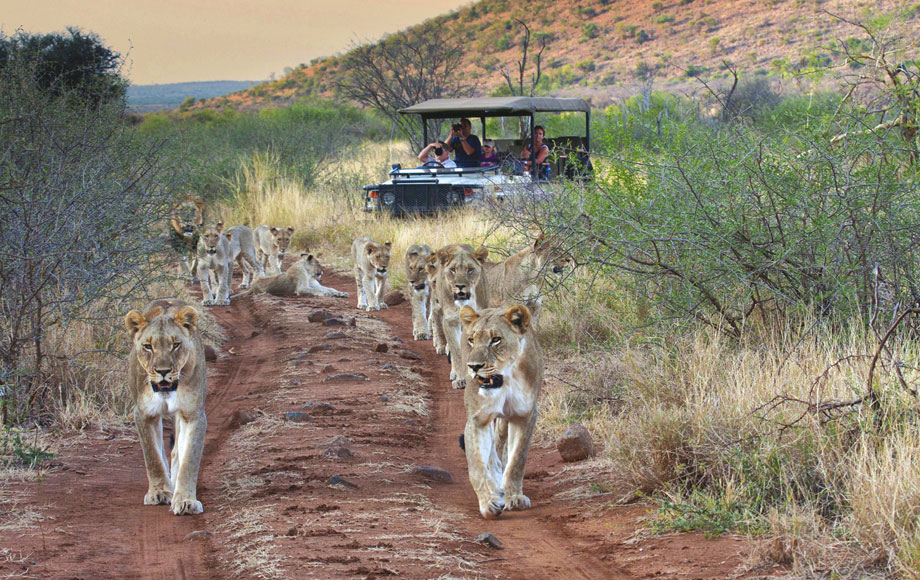
When is the best time to see lions?
Like most other animals, the best time to see these cats is during the early morning and late afternoon when they are most active. During the day, lions will often find a shady spot to avoid the heat and conserve energy.
African Lion Facts:
Sleepy cats
A lion can sleep for up to 20 hours in a single day.
Hear me roar
Depending on the wind direction, you can hear a lion roar from up to 7 or 8 kilometres away.
Big appetites
Like other cats, lions may not know when their next meal might come from, meaning that they will consume food at an extraordinarily fast rate. This also helps to explain why they need to sleep for so long, to enable digestion.
Night vision
A lion’s night vision is up to 6 times more sensitive to light than humans.
Weight
Male lions are much larger than females and can weigh as much as 190 kilograms (420 pounds)Desert-adapted Lions – Also known as ‘desert lions’ these lions can live without water for extended periods. To cover long distances over the hot desert sand their legs tend to be slightly longer than ‘regular lions’, whilst their coats are slightly thicker to combat the cold temperatures at night. The best place to see these lions is in Northern Namibia.
More Wildlife
JOIN OUR
E-Newsletter
Sign up to receive updates about exciting journeys, special offers and more
"*" indicates required fields
